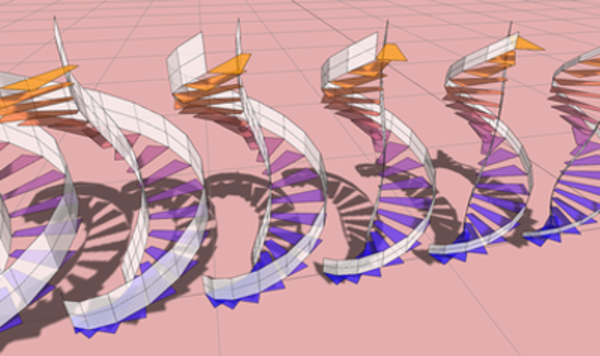Price:
8659 EUR
Contact
National University of Singapore
Description
The first in our “Spatial Computational Thinking” program, this “Procedural Modelling” course will focus on the fundamentals of procedural programming in 3D. You’ll learn to write computational procedures using data structures and control-flow statements to automate the production of 3D models.
During the course, you will learn a range of computational methods. These include general programming constructs such as using ‘while’ loops, ‘for-each’ loops, ‘if-else’ conditions, as well as writing your own custom functions. In addition, you will also learn to use two key data structures: list and dictionaries. And in the process, you will become familiar with the programming process: writing code, executing code and debugging code.
In this course, you’ll build a strong foundation to prepare you for the more in-depth courses later in the series, where we cover more advanced types of modelling, including semantic modelling, generative modelling and performative modelling.
During this course, you will use Möbius Modeller, the modelling tool that is used throughout this “Spatial Computational Thinking” module. It is free and easy to use browser-based software to write algorithms for automatic generation and visualization of complex models with spatial information.
The programming language uses a visual programming approach combining flowcharts with procedural programming. This makes the process of learning coding much easier, allowing you to quickly acquire the knowledge and skills required for writing complex computational procedures for generating, analysing, and visualizing complex 3D spatial information models. The programming knowledge you gain will be highly transferable if you later choose to use other languages in your future work such as Python or Javascript.
The modelling exercises and assignments during this course will start with a simple procedural approach to 2D and 3D patterns and will progress towards more complex geometries representing entities within the built environment such as building footprints, building facades and staircases.
The demand for skilled spatial computational practitioners is growing rapidly and is not limited to the computer science domain. This series will prepare you to tackle a wide variety of spatial information modelling challenges.
Specific details
Category of Education
Computer Sciense and IT







 How to resolve AdBlock issue?
How to resolve AdBlock issue? 


Comments (0)